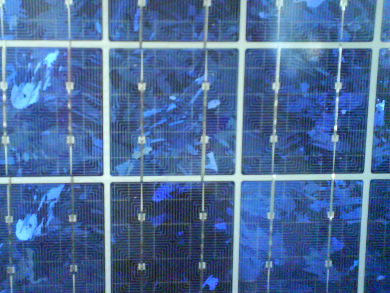Urban mining considers electronic consumer products such as smartphones, computers, light-emitting diodes (LEDs), and photovoltaic cells as secondary resources for precious elements. Indium is of great interest as it is widely used, expensive, scarce, and prone to supply risk. However, literature about recovery of indium from thin-film photovoltaic cells has been scarce.
Markus Lenz, Wageningen University, The Netherlands, and colleagues have investigated how different nanofiltration membranes extract indium from copper-indium-gallium-selenide photovoltaic cell (CIGS) leachates under low pH conditions and low transmembrane pressure differences (<3 bar). This was followed by a selective liquid−liquid extraction using di-(2-ethylhexyl)phosphoric acid (D2EHPA). Nanofiltration retained indium to >98 %, separating it from parts of the Ag, Sb, Se, and Zn present even at very acidic pH. 97 % of the indium was extracted by liquid−liquid extraction from the retentates, separating it from all other elements except for Mo, Al, and Sn. Overall, 95 % of the indium (2.4 g m−2 CIGS) could be extracted to the D2EHPA phase. Nanofiltration reduced the consumption of D2EHPA by >60 % due to the metal concentration in the reduced retentate volume.
The researchers think that their method is applicable for hydrometallurgy typically using acidic conditions.
- Recycling of Indium From CIGS Photovoltaic Cells: Potential of Combining Acid-Resistant Nanofiltration with Liquid–Liquid Extraction,
Yannick-Serge Zimmermann, Claudia Niewersch, Markus Lenz, Zöhre Zohra Kül, Philippe F.-X. Corvini, Andreas Schäffer, Thomas Wintgens,
Environ. Sci. Technol. 2014.
DOI: 10.1021/es502695k




